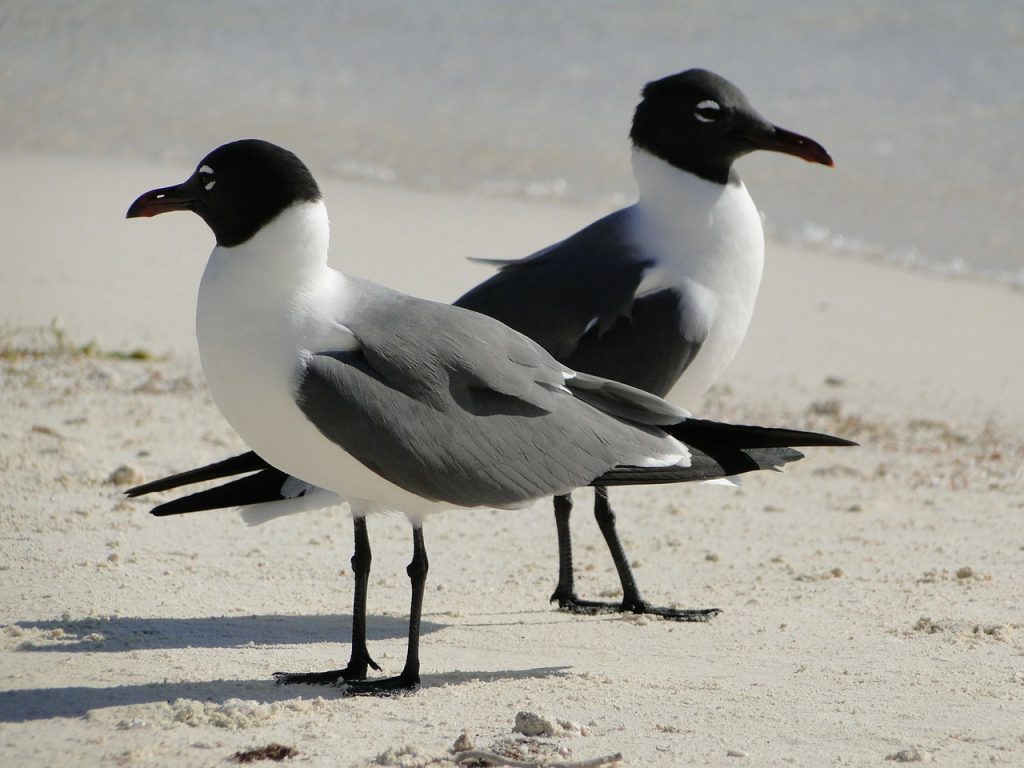
I know many of you are reeling from the domestic terrorism that happened over the weekend, committed by white supremacists, spurred on by the racist president of the United States, aided by coward Senate Majority Leader Mitch McConnell, who stopped two gun control bills passed by the House this year (HR 8 ad HR 112) from even being voted on in the Senate.
I wish I had words of comfort, maybe some inspirational quote by MLK Jr. or Gandhi about how Good Always Wins in the End, or something, but I don’t. I am just as sad and angry and heartbroken for all those lives lost as you are. My oldest child is about the same age now as the kids who were killed at Sandy Hook, and all I can do is send him off to his school each day hoping that some white supremacist won’t gun his class down. Same with the preschooler. I start having ridiculous thoughts about buying bulletproof backpacks for them, as if that would actually protect them.
This is where we are as a nation. The last few years have been hellish on all fronts, and things do not seem to be getting better, despite my best attempts at optimism. We nonprofits have been dealing with the increased challenges our communities, especially marginalized communities, have been facing.
Continue reading →




